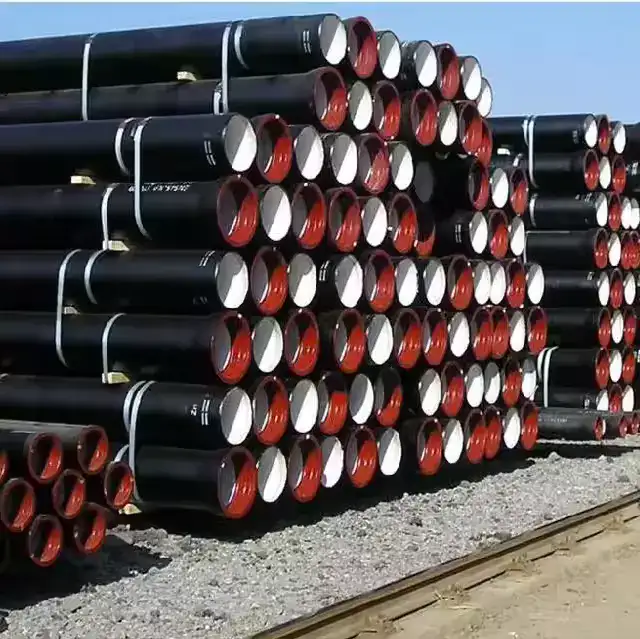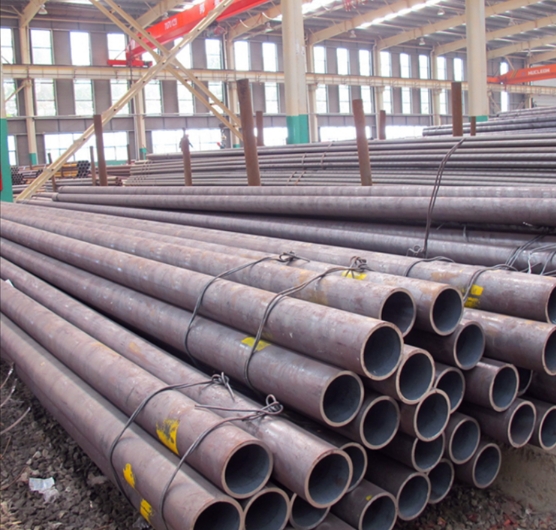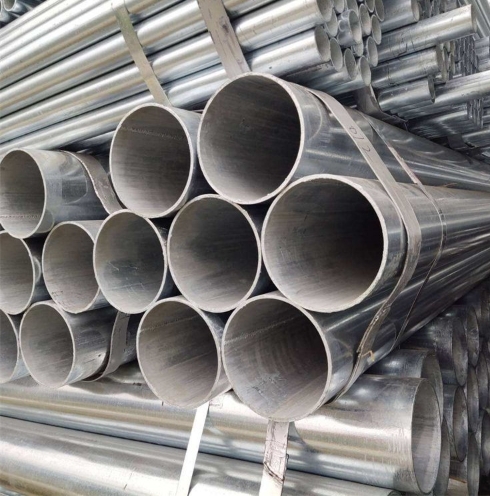Understanding Corten-A Steel
Corten-A is a specific grade of weathering steel, often recognized under the broader term COR-TEN® steel. Its primary distinguishing feature is its superior resistance to atmospheric corrosion when compared to conventional carbon steels. This characteristic allows it to be used in an unpainted condition in many applications.
The “Cor-Ten” Advantage
The name “Cor-Ten” aptly reflects two of its fundamental properties: CORrosion resistance and TENsile strength. This steel alloy is engineered to develop a stable, rust-like protective layer upon exposure to atmospheric conditions. This patina eliminates the need for painting and shields the underlying steel from further degradation.
Composition and Protective Patina Formation
Corten-A’s unique weathering capabilities are derived from its specific alloying composition. Key elements typically include copper (often around 0.2-0.5%), chromium (around 0.5-1.5%), and phosphorus (around 0.1-0.2%), among others. When subjected to cycles of wetting and drying, these elements facilitate the formation of a dense, tightly adherent oxide layer, commonly known as the patina. This layer, initially a reddish-brown, gradually darkens to a deep brown or purplish-brown hue, providing both a distinctive aesthetic and robust long-term protection. Quality suppliers, such as Shanxi Luokaiwei Steel Company, can provide detailed mill test certificates verifying the chemical composition and mechanical properties of their Corten-A plates.
Typical Applications of Corten-A Steel Plate
Given its unique aesthetic evolution and minimal maintenance needs, Corten-A steel plate finds extensive use across diverse sectors:
- Architectural elements such as facades, roofing, and cladding.
- Structural components in bridges, buildings, and other infrastructure projects.
- Outdoor sculptures, landscape edging, and planters.
- Intermodal shipping containers.
- Industrial applications like chimneys, flues, and hoppers.
The combination of high strength, durability, and a self-protecting surface makes it an economical and sustainable choice for many projects. Companies like Shanxi Luokaiwei Steel Company often supply Corten-A for applications where longevity and aesthetic appeal are paramount.
Key Considerations for Using Corten-A
While Corten-A offers significant benefits, some factors warrant consideration during design and application:
- Runoff Staining: In the initial stages of weathering (typically the first 1-3 years), rainwater runoff from Corten-A surfaces can contain rust particles that may stain adjacent materials like concrete, stone, or painted surfaces. Careful design detailing, including provisions for drainage and drip edges, can effectively manage this.
- Environmental Conditions: The protective patina develops optimally in environments with regular wet/dry cycles. In persistently damp or chloride-rich environments (e.g., coastal areas with high salt spray), the corrosion rate may be higher, and the patina may not stabilize as effectively.
- Welding: Corten-A is weldable using common techniques. However, it is crucial to use appropriate welding consumables (filler metals) that have similar weathering characteristics to the base metal to ensure the weld seams also develop a protective patina and blend aesthetically. Consulting with experienced suppliers, like Shanxi Luokaiwei Steel Company, can provide guidance on suitable welding procedures.
- Avoidance of Water Ponding: Areas where water can collect and remain for extended periods should be avoided in design, as this can lead to accelerated localized corrosion.
Properly specified and detailed, Corten-A steel plate provides a long-lasting, low-maintenance, and visually distinctive material solution. For specific project requirements and technical support, engaging with knowledgeable steel providers, including specialists at Shanxi Luokaiwei Steel Company, is advisable to ensure optimal performance.







